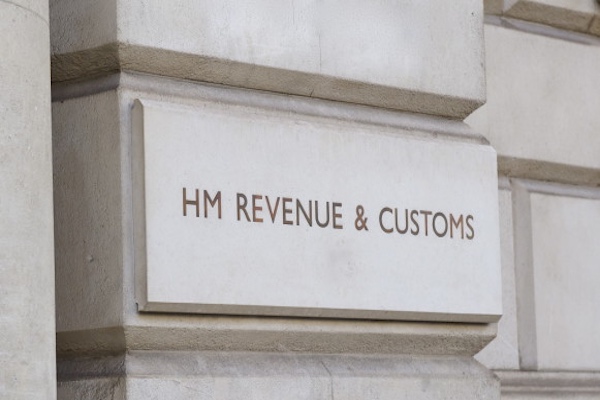
Latest HMRC show an inexorable rise in IHT receipts
IHT receipts for the government in January leapt to £639m, up 15% on the £556m received in January 2024, according to new HMRC figures published today.
The figures underline a rapidly rising take for the Treasury from Inheritance Tax as more people are dragged into the net.
The trend may also be prompting more clients to see their Financial Planner for advice on IHT strategies, according to industry experts.
HMRC’s latest Inheritance Tax figures published today reveal that £7 billion was collected in the first 10 months of the 2024/25 Financial Year – up 11% on the £6.3 billion received in the same period in the previous year.
IHT receipts are expected to hit £8.3bn for the full year 2024/25 and experts forecast IHT receipts could nearly double to £13.9bn by the 2029/30 tax year.
IHT has become a hot topic since the government announced that from April 2027 it would remove the pensions exemption from IHT, bringing unused pension money into the IHT net and potentially significantly increasing revenue for the Treasury even further.
The IHT nil rate band of £325,000 has been frozen since 2009, bringing more estates into the range of IHT year by year. The residential nil rate band was introduced on a phased basis between 2017 and 2020 and can provide an additional £175,000 nil rate band.
Reaction from industry experts to the figures was one of concern and pleas for people to see a professional adviser.
Andrew Zanelli, head of technical engagement, Abrdn said: "IHT receipts are still climbing. This trend is going to continue, and we’ll also see more people affected by the tax. The Office for Budget Responsibility predicts that one in ten estates will have IHT to pay by the end of the decade.
“Nearly all the advisers I’ve been speaking to are being approached by their clients about IHT and a big driver is the plan to make pensions subject to IHT. We’re still waiting on the finer details around how this will happen, but we know the basic facts and the intention for this to be in place by 2027. What we’re hoping to be fixed before then is the very real risk of delays to the bereaved receiving their inheritance because of the new process.”
Andrew Tully, technical services director at Nucleus said: “‘IHT receipts continue to grow strongly with the OBR suggesting significant increases will continue over the next few years. OBR predict receipts will be nearly £14bn by 2029/30, around double the amount raised in 2022/23. The Government’s proposals to include pensions within the estate for IHT purposes from April 2027 will drive further growth.
“Advisers can help clients mitigate these taxes by setting up trusts and making use of gift allowances and the spousal exemption. Additionally, equalising assets between spouses and civil partners and making use of the “no gain no loss” disposal could mean all exemptions can be utilised and household income increased if there is a disparity in the rates of tax each spouse pays.”
Jonathan Halberda, specialist financial adviser at Wesleyan Financial Services, said: “Recently, I’ve been seeing an increasing number of people try to manage their IHT risk by making ‘DIY’ plans, which often involve gifting money to loved ones.
“While these strategies can be effective, the IHT rules are complicated and people should be careful not to put themselves in a worse position by inadvertently falling foul of them. Because of this, I’d encourage anyone concerned about IHT to seek help from a professional financial adviser.”
Stephen Lowe, group communications director at retirement specialist Just Group, said: “The latest IHT receipts data for January will be a welcome boost for the Treasury, with the 2024/25 tax year looking almost sure to scoop another all-time record level of IHT revenues. Frozen thresholds and rising asset prices continue to be the main driver of the current record tax take.”
Shaun Moore, tax and Financial Planning expert at Quilter, said: “This relentless rise in inheritance tax receipts is baked into government policy. With the nil-rate band (£325,000) and residence nil-rate band (£175,000) frozen until 2030, more and more families are being dragged into paying the tax.
“Rising house prices, particularly in the South East, mean many people that don’t consider themselves to be wealthy will now find themselves above the threshold and facing a 40% tax bill.
“Farmers and business owners are also feeling the pressure. The upcoming reforms to Agricultural Property Relief and Business Relief could force more family farms and small enterprises into difficult decisions about their futures. A tax once aimed at the wealthiest estates is now creeping further into the middle class, and with unspent pensions set to be taxed from April 2027, the government’s IHT windfall is only set to grow.”
